Directions
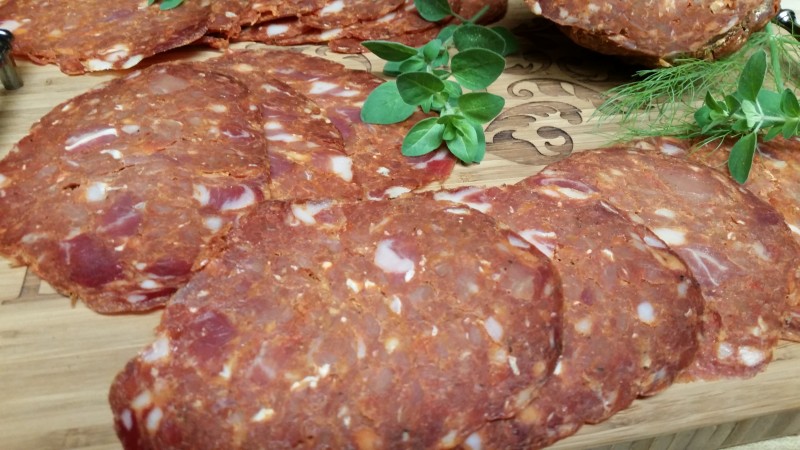

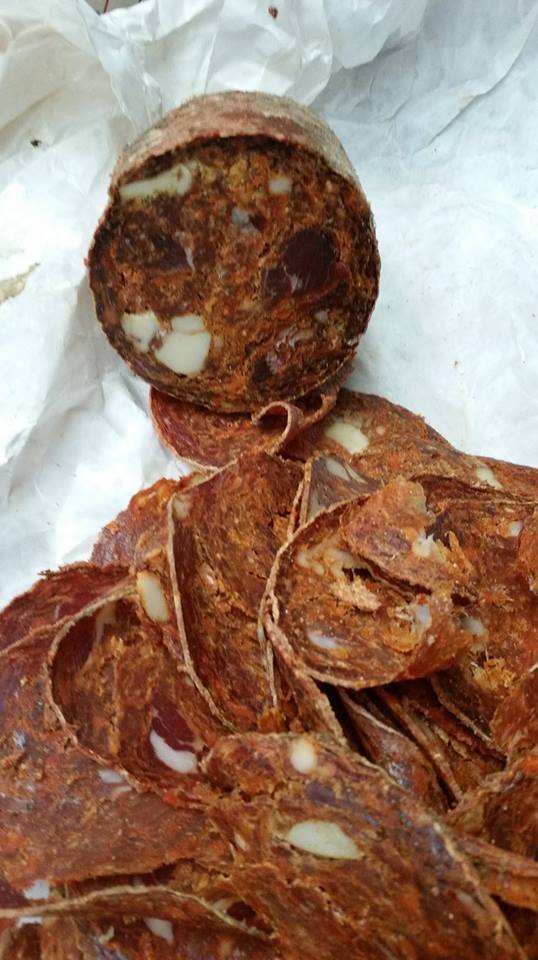 In their Manifesto of the Communist Party (1848), Marx and Engels complained a lot about “modern industry [that] has converted the little workshops of the patriarchal master into the great factory of the industrial capitalist. As “machinery” replaces “proletariat”, “ the bourgeoisie cannot exist without constantly revolutionizing the instruments of production” to achieve greater efficiency and profit. As a result, “all that is solid melts into air, all that is holy is profaned, and man is at last compelled to face with sober senses his real conditions of life and his relations with his kind.”
In their Manifesto of the Communist Party (1848), Marx and Engels complained a lot about “modern industry [that] has converted the little workshops of the patriarchal master into the great factory of the industrial capitalist. As “machinery” replaces “proletariat”, “ the bourgeoisie cannot exist without constantly revolutionizing the instruments of production” to achieve greater efficiency and profit. As a result, “all that is solid melts into air, all that is holy is profaned, and man is at last compelled to face with sober senses his real conditions of life and his relations with his kind.”
Only one solution remains – make some sausages. The old way…before the damn bourgeoisie made the process easy with their sophisticated machinery and additives. I have to admit: doesn’t matter how much I cannot stand anything that even remotely smells like Marxism (an allergic reaction of the most of us who were “lucky” to be born in USSR), there is a point in this logic. I only wish it had been applied exclusively to sausage production without experimentation on the social fabric of humanity that killed more people than any other ideology in our history.
Hence, let the supermarket shelfs tremble at the sausage revolution! The artisans have nothing to lose but their chains. They have world to win. Charcuteries of all Countries, Unite!
Now, to the point. Morcon by Jeffrey Weiss’ “Charcuteria.” According to the author, this is traditional lean dry-cured sausage in Extremadura and northern Andalucia. I have to state that neither before, nor after I’ve made this Morcon, I’ve not seen or heard anyone in the USA making these sausages. Hence, it’s hard to speculate how close to the Spanish standards my Morcon came.
After four months of dry-curing, Morcon lost 50%; yet, it is very soft. Out of total weight of 6447gr I made two Morcons in hog end-cups and one in collagen casing simply because I run out of end-cups. The one in collagen will stayed in the curing chamber for over 11 month; it’s last on the photos below. In taste, it came to be totally different product that four-month-old Morcon. This ultra-dried sausage is great shaved on the top of some fried eggs and cheese.
Ingredients: 30% lean pork (mostly loin, but also some lean parts of boston butt); 40% jowl: 30% neck (coppa). Cultures: T-SPX. Sea salt – 2.75%. Cure#2 – 0.25%. Minced garlic – 1%. Dextrose and sugar – each 0.3%. Dry white wine – 400 ml as 50ml per 1 kg. Pimenton (hot to sweet: 45 to 55%) De La Vera – 2.5%. BP – 0.5%.
Process: after squashing garlic and salt, added them to jowl and lean meat; then they went to 8mm plate (Weiss gives 9.5 and I don’t have one). Neck – diced by knife. Slurry is made from wine, pimenton and BP. Mixed everything, added the cultures. Due to the late hour when this was done, I left it ferment for one day in bowl, stuffed the next day, and finished fermenting for two more days. Then –- post-cure EQ: vacuum, fridge.
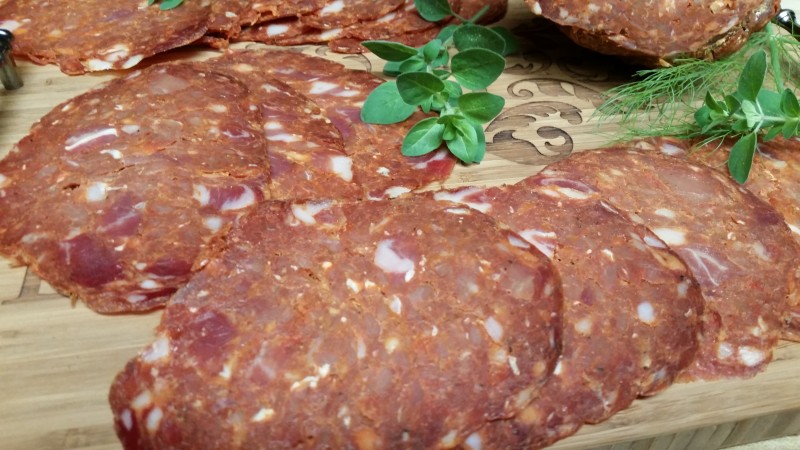
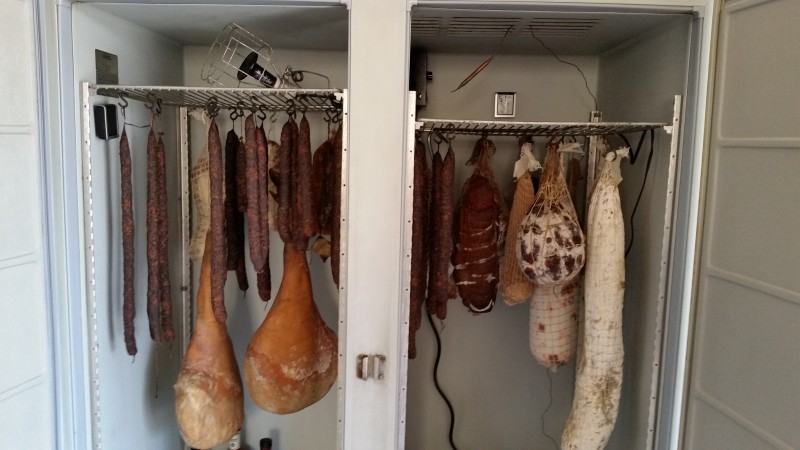
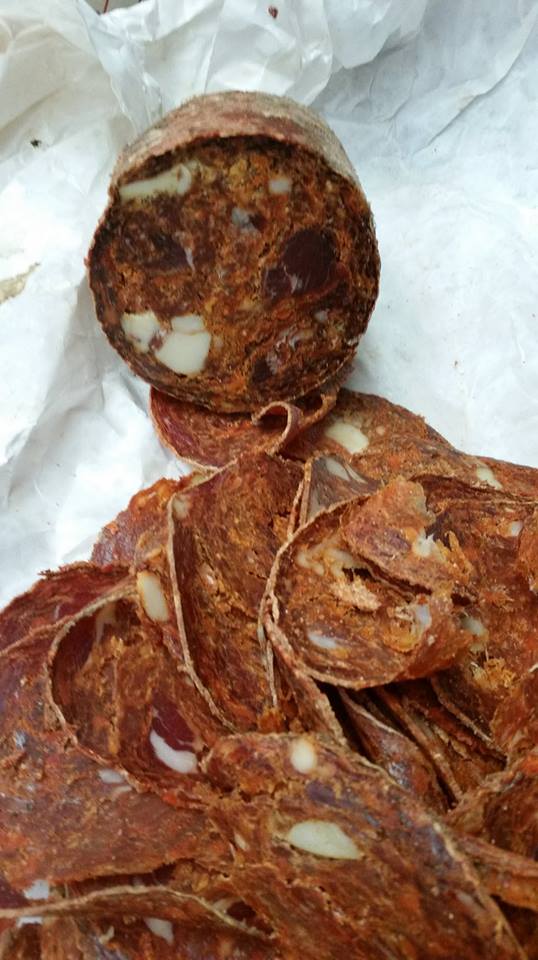


 Русский
Русский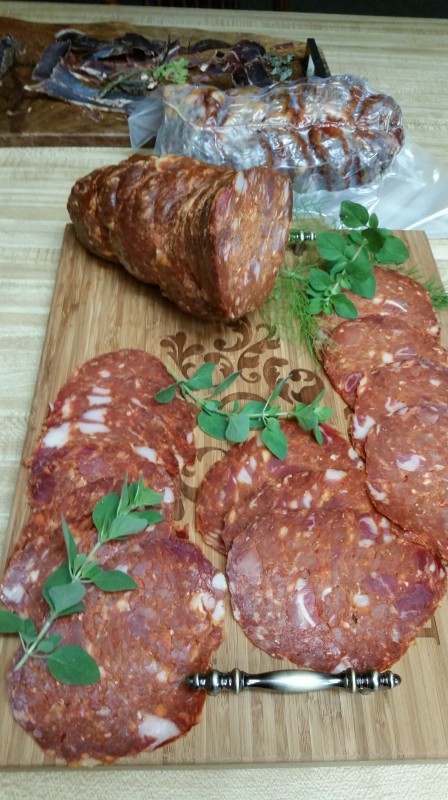


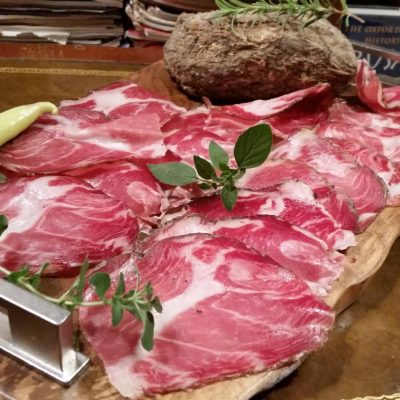
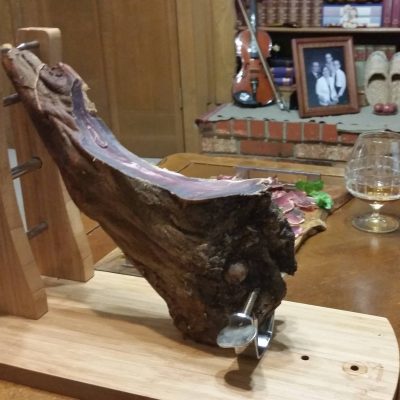

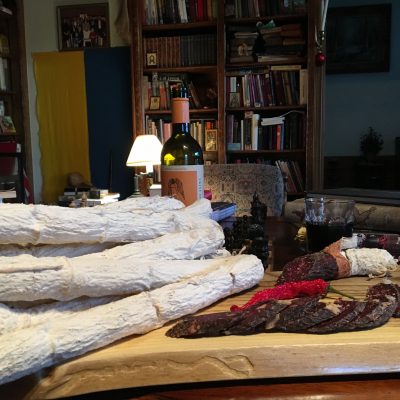
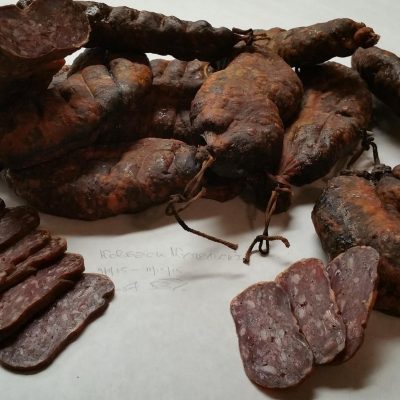

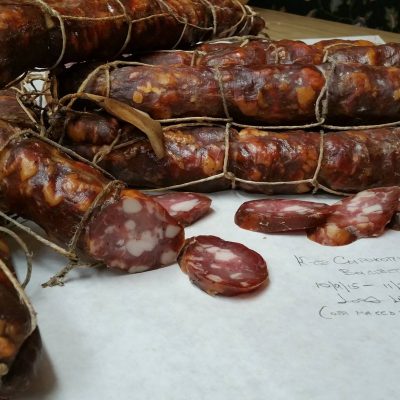
There are no comments yet
Or use one of these social networks